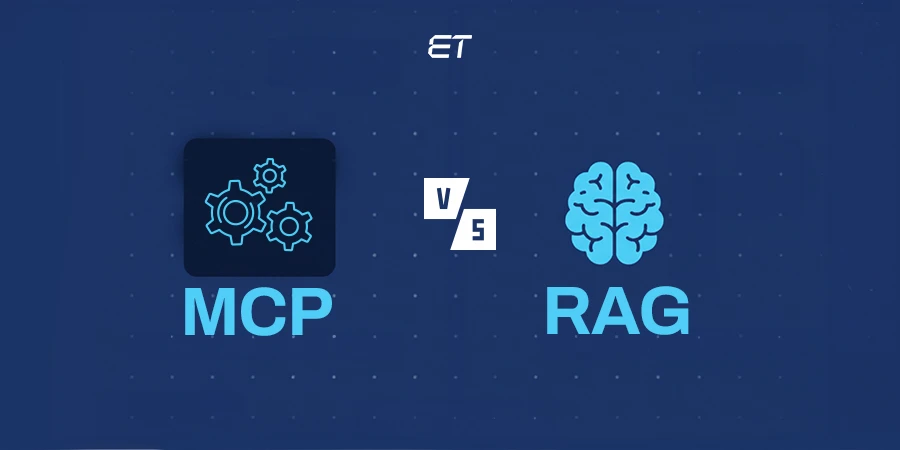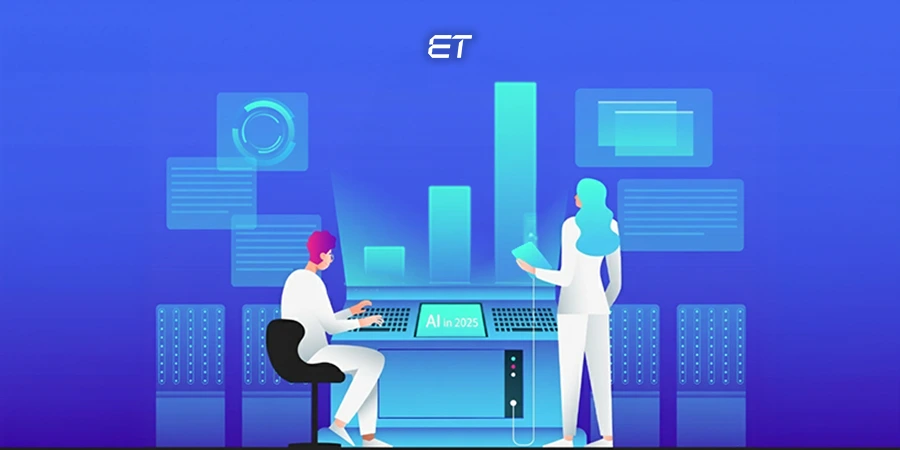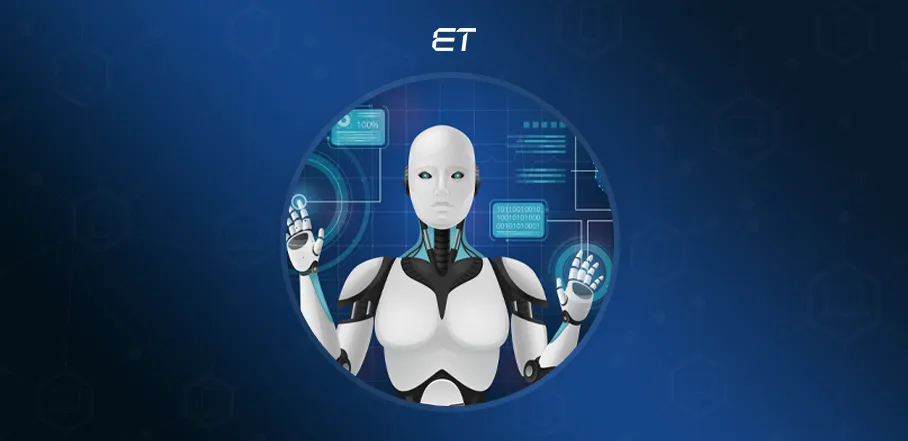
Agentic AI Explained: The Shift Toward Smarter and Autonomous Businesses
- Agentic AI works autonomously and speeds up operational processes, letting business leaders focus on strategy and innovation
- These tools can perceive, reason, learn, and act for better decision-making
- AI agents can improve code reviews, workflow automation, and customer service
Automating your daily business operations using AI is great for reducing time and effort, while increasing team productivity. But there’s one issue – these artificial intelligence tools need manual prompting and continuous oversight to produce the desired results.
Get this – Generative AI tools can’t schedule meetings and assign tasks without your guidance. This limitation can be a problem during time-crunch situations.
So, is there a way to overcome this robotic hurdle? Enter Agentic AI as the go-to solution!
Unlike its generative counterpart, which produces outputs based on instructions, Agentic AI works autonomously and makes informed decisions. It interprets context, applies reasoning, and evaluates options to get the job done faster.
Still wondering if you should adopt this intriguing system into your workflow? Don’t worry, we got you covered. This blog explains the benefits and answers why this artificial intelligence system might just be the solution you were looking for!
We know AI can be complex. But you don’t need to worry about it.
What is Agentic AI and How Does It Work?

Gartner predicts that Agentic AI will reduce operational expenses by 30% before 2029. So, CEOs and business leaders adopting this technology early on will have an edge over their competitors.
That’s why agentic frameworks like LangGraph, Botpress, and crewAI are slowly gaining popularity.
However, understanding the Agentic AI meaning and how it works is essential before integrating it. This autonomous AI technology usually follows a 4-step framework to handle tasks and solve problems:
Step #1: Perceive
The process starts with AI gathering data from different sources, like sensors, databases, APIs, and online calendars. Then, it extracts meaningful insights, identifies patterns, and builds a situational understanding of how to solve the problem.
For instance, AI will schedule meetings and book calls on your behalf by checking your Google calendar data. It can fetch information from any other digital notes you may have.
Step #2: Reason
The core of Agentic AI’s decision-making and reasoning system is a large language model (LLM), like GPT-4 and Google’s PaLM. These LLMs use techniques like retrieval-augmented generation (RAG) to access organizational data, ensuring solutions are relevant and context-aware.
So, AI answers a question by consulting your proprietary knowledge base. In most cases, the AI system can have multiple LLMs interact with each other while reasoning, which helps integrate multiple complex workflows.
Step #3: Act
After the decision-making, the AI takes action by integrating with tools and software via APIs. Built-in guardrails ensure compliance with pre-defined business rules.
For instance, in a software development workflow, an AI system might autonomously merge low-risk code modifications like documentation updates or minor bug fixes. But it can flag critical or extensive code changes for a senior manager for supervision.
Speaking of integration, did you know it’s possible to blend ChatGPT in your system?
Step #4: Learn
Agentic AI evolves continuously using a feedback loop known as the data flywheel. Every user interaction refines its models, much like a company refining its product strategy based on customer feedback.
This leads to smarter, faster, and more efficient operations over time. Also, the AI software remembers the entire process and workflow, to make better decisions later when faced with a similar problem.
Agentic AI vs Generative AI: Understanding the Differences
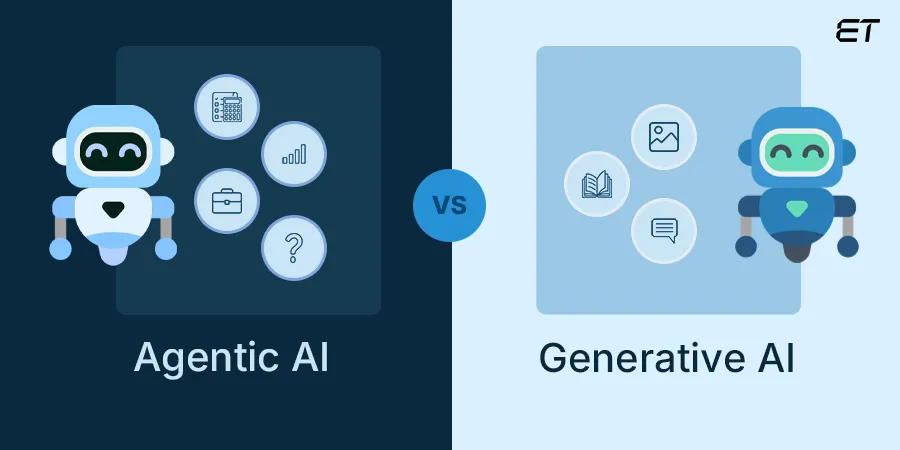
After delving into the Agentic AI definition and how it works, let’s understand how it differs from traditional AI systems.
Traditional systems like generative AI rely on deep learning models to process and analyze huge datasets during decision-making. Using the information gathered, the tools process the natural language requests or your prompts and generate outputs.
On the other hand, Agentic AI works independently by learning, planning, strategizing, and making real-time decisions, without manual intervention. These tools utilize natural language processing, machine learning, and reinforcement learning to respond to your queries.
Thus, the major comparison factor for Agentic AI vs Generative AI is autonomy. For understanding the other differences between them, here’s a comparison table.
| Feature | Agentic AI | Generative AI |
| Primary Role | Works autonomously to make decisions, plan, and execute tasks. | Produces content like text, images, and code based on user prompts. |
| Initiative | Proactive – understands problems, finds solutions, and acts independently. | Reactive – responds to direct inputs or prompts without independent action. |
| Decision-Making | Evaluates options, reasons choices, and chooses the best steps. | Reliance on pattern recognition and predictive modelling limits its reasoning capabilities. |
| Learning Approach | Continuously learns from real-world feedback and user interactions through a data flywheel. | Learns during training, which is limited, and needs retraining. |
| Context Awareness | Remembers past actions, user history, strategies, and situational context. | Limited or no memory unless designed to retain session context. |
| Technology Foundation | Built using LLMs, planning engines, and reinforcement learning. | Primarily built on LLMs trained on vast datasets. |
How Can Software Development Companies Benefit from Agentic AI Adoption?
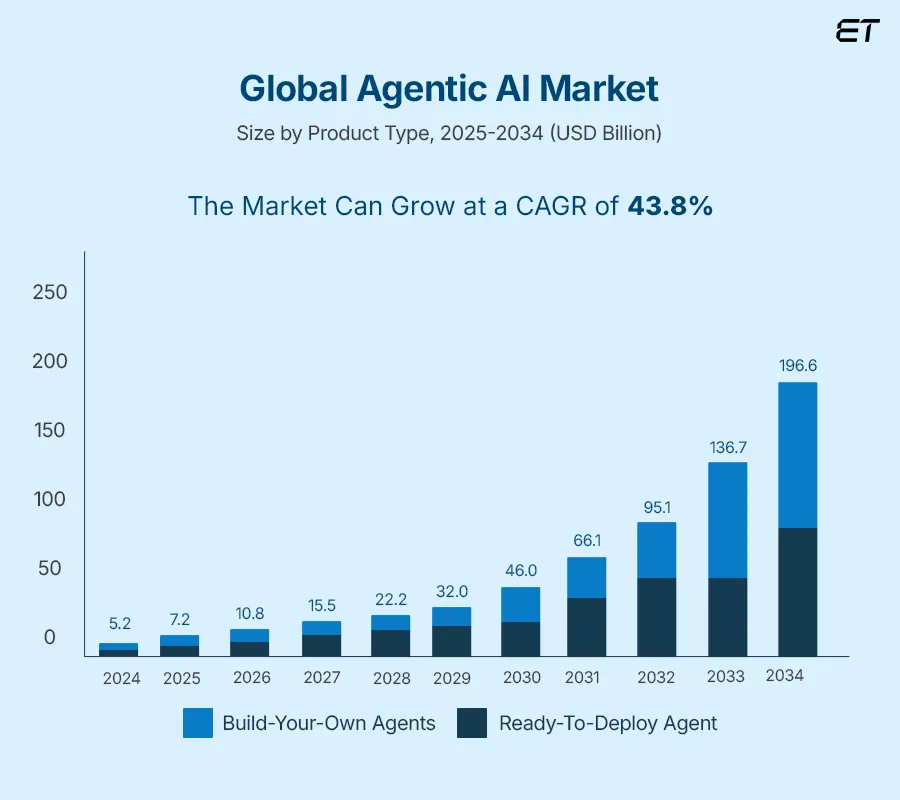
It is possible to leverage this enticing technology to build products faster, scale efficiently, and reduce manpower requirements.
Here are some other benefits of Agentic AI you must consider before adoption.
1. Autonomous Workflow Management and Sprint Planning
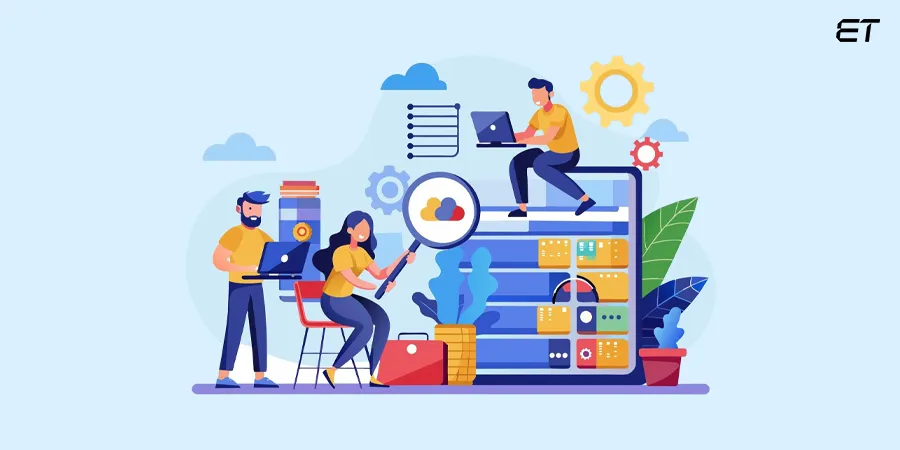
By using Agentic artificial intelligence, one can monitor real-time project metrics, like story points completed, developer workloads, and historical velocity.
Based on the results, this tech can reorganize tasks automatically in the sprint backlog to keep projects on track.
So, if a developer is overloaded or absent, AI handles projects by:
- Dynamically reassigning tasks across the team and reprioritizing low-risk features
- Maintain delivery timelines without waiting for a manager’s involvement
This leads to faster iterations, fewer project delays, and optimal resource utilization.
2. Improved Code Review and Analysis

These AI tools don’t just stick to basic syntax checking, but focus on the details and the bigger picture. They consider the application’s architecture, functionalities, business logic, and security policies during code review.
For example, if AI detects hardcoded API keys or outdated libraries during code analysis, it will take these actions:
- Add comments and notify developers in the pull request
- Log the incident, and create a security ticket for the developers to track
- Stop the code from deployment till the issues are resolved
Overall, say goodbye to your coding woes if you choose to invest in these AI systems.
Need a comprehensive code review? Choose our ISTQB certified experts today!
3. Better Customer Service and Query Resolution

The autonomous AI tools go beyond offering robotic answers based on FAQs, like traditional chatbots. They provide personalized experiences, relying on previous interactions, customer data, and buyer behavior.
If the tool can’t offer the required support, it can redirect the user to other AI agents for better query resolution. This massively improves customer satisfaction and brand image.
Agentic AI Workflow Example
Modern Agentic AI examples include autonomous stock trading bots, patient data analysis agents, and home automation AI agents. But what’s the workflow these agents usually follow?
Let’s understand that through a simple use case of automatic meeting scheduling, something busy founders need daily.
1. User Input – User tells the AI, “Arrange a meeting with John and Kate next week to discuss project progress and issues.”
2. Availability Check Agent (Prompt) – “Check Kate and John’s calendars for their availability next week. Their working hours are 9 AM – 5 PM IST. Provide a list of mutually free 30-minute slots.”
3. Constraint Handling Agent (Implicit): The agent considers the user’s implicit constraint of a “meeting” needing at least two attendees and free slots.
4. Proposal Agent (Prompt): “Based on the following available slots: ‘{available_slots}’, provide the first three available slots to the user, asking them to confirm their preferred time.”
5. Confirmation & Scheduling Agent (Prompt): “The user has selected ‘{selected_slot}’. Send meeting invites to Kate and John for this time, including the meeting title Project Progress Discussion.”
6. Final Action: The meeting is scheduled, and invitations are sent without any human involvement.
Here, the Availability Check Agent, Constraint Handling Agent, Proposal Agent, and Confirmation & Scheduling Agent work together to schedule the meeting effectively. Each agent has specific responsibilities that enable them to work autonomously.
Final Thoughts
Agentic AI is paving the future for software development companies, moving past basic automation to independent action.
These systems are equipped with reasoning and learning capabilities. So, developers can enhance code quality, and speed up deployment. The technology can soon become a strategic imperative, not just a necessity.
As a result, companies investing in Agentic AI tools and the necessary employee training will have a competitive advantage over others.
Agentic or generative or predictive, we have vetted AI experts ready for your assistance.
Frequently Asked Questions
1. Can Agentic AI help us reduce engineering costs?
Yes. By automating backlog management, code reviews and deployment processes, Agentic AI reduces the need for manual intervention. This saves high-cost labor time.
2. Is ChatGPT an agentic AI?
No, ChatGPT is an example of generative AI. It needs prompts and instructions for producing results, unlike AI agents, which can do it independently.
3. What are the risks of agentic AI?
Autonomous AI risks may include sensitive information access, data misinterpretation, and system misconfiguration. So, stronger specifications and guardrails are essential.

